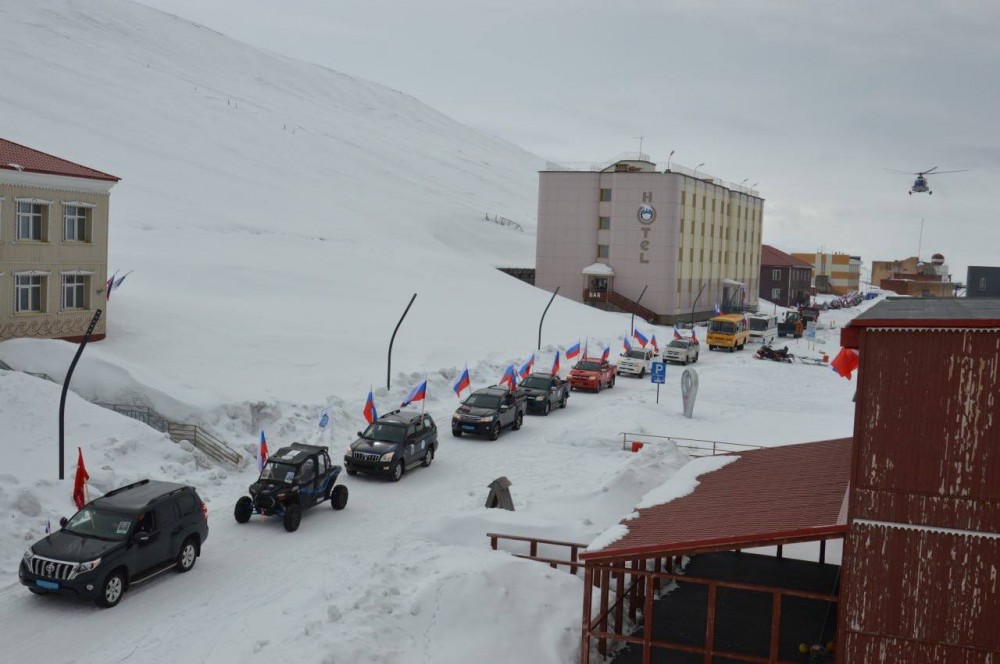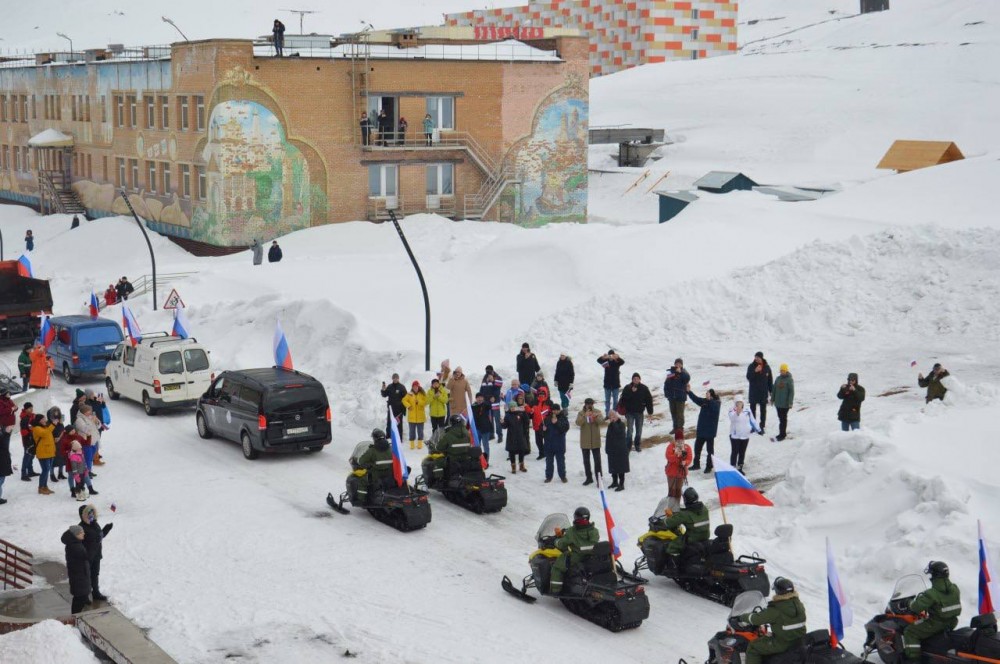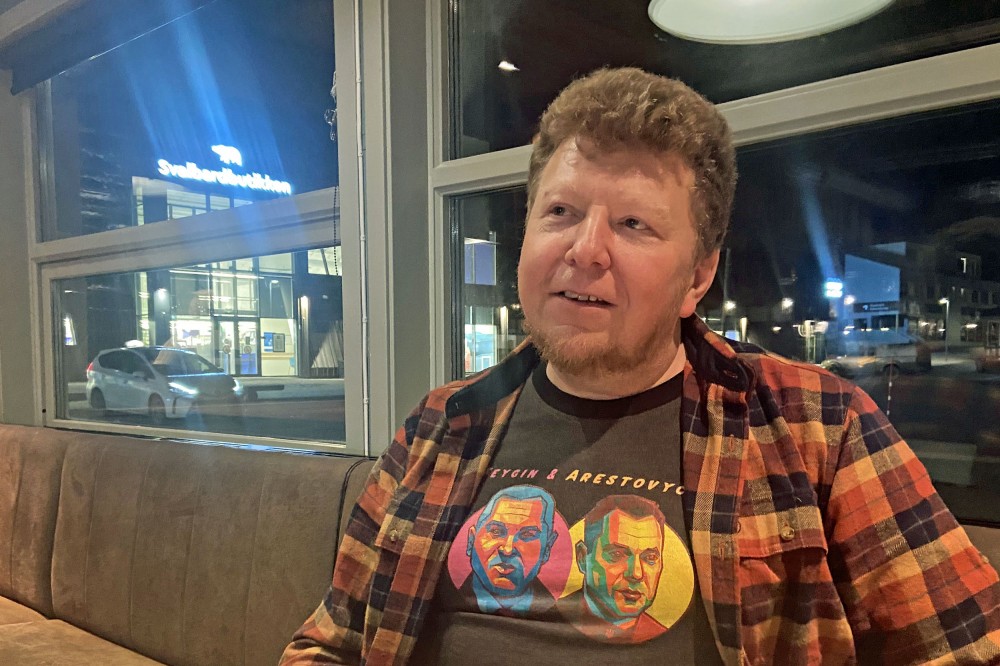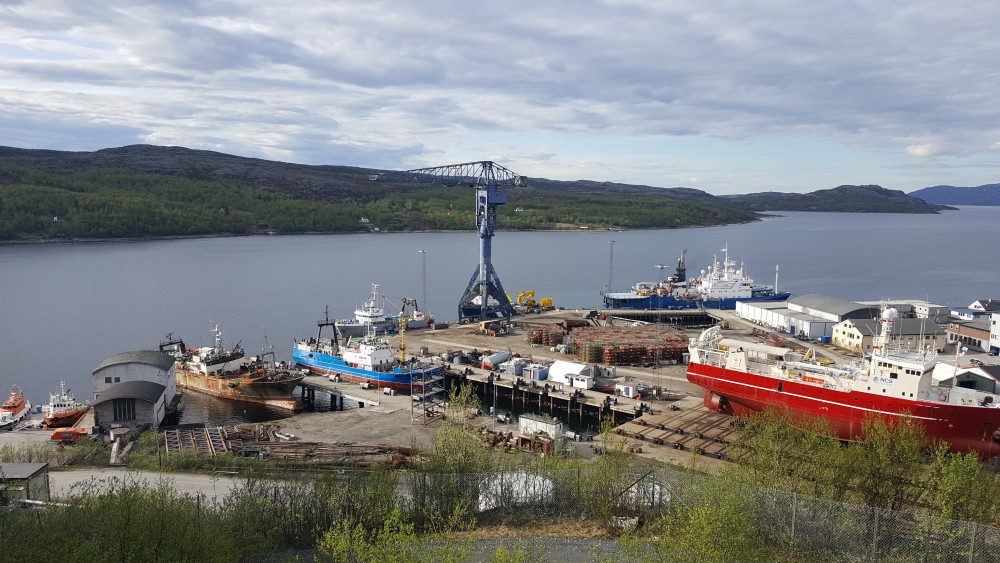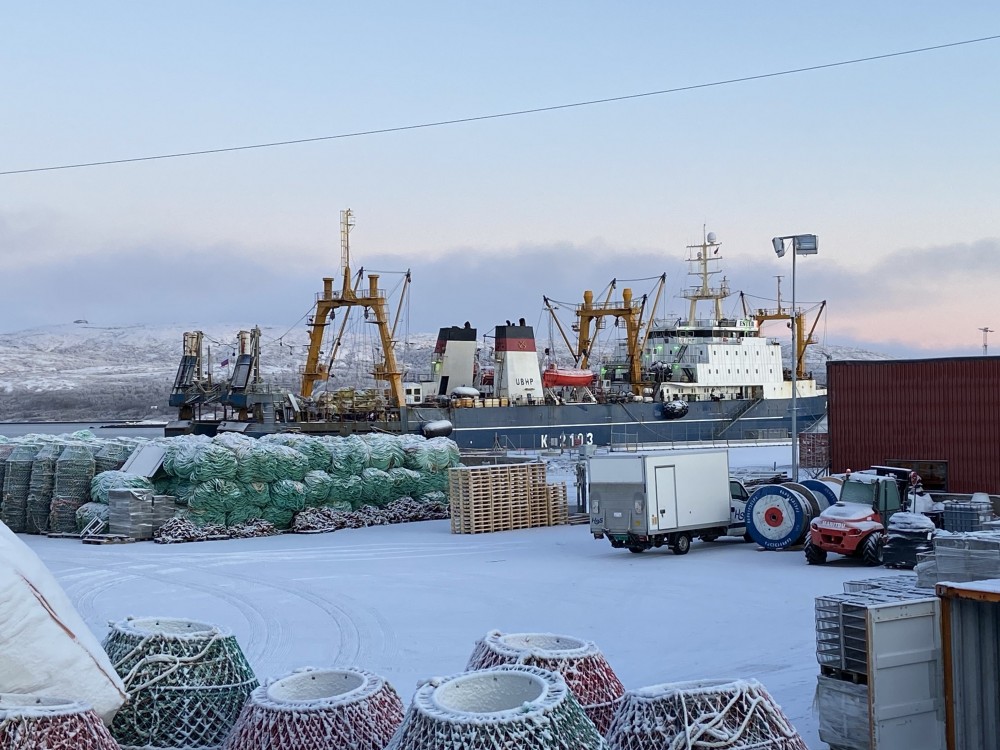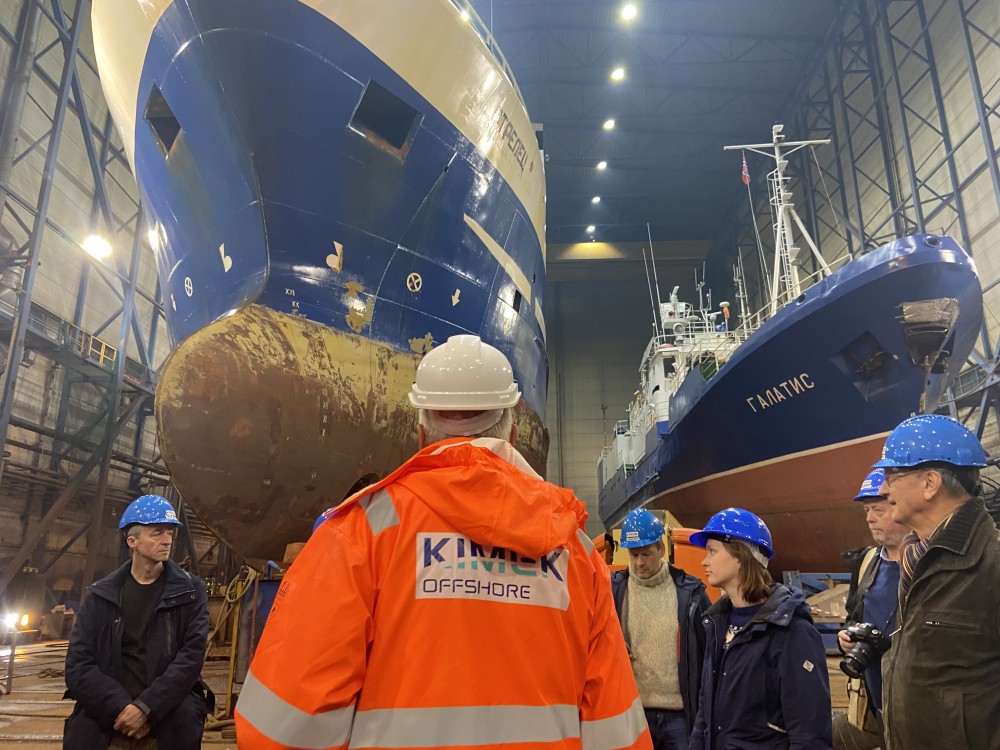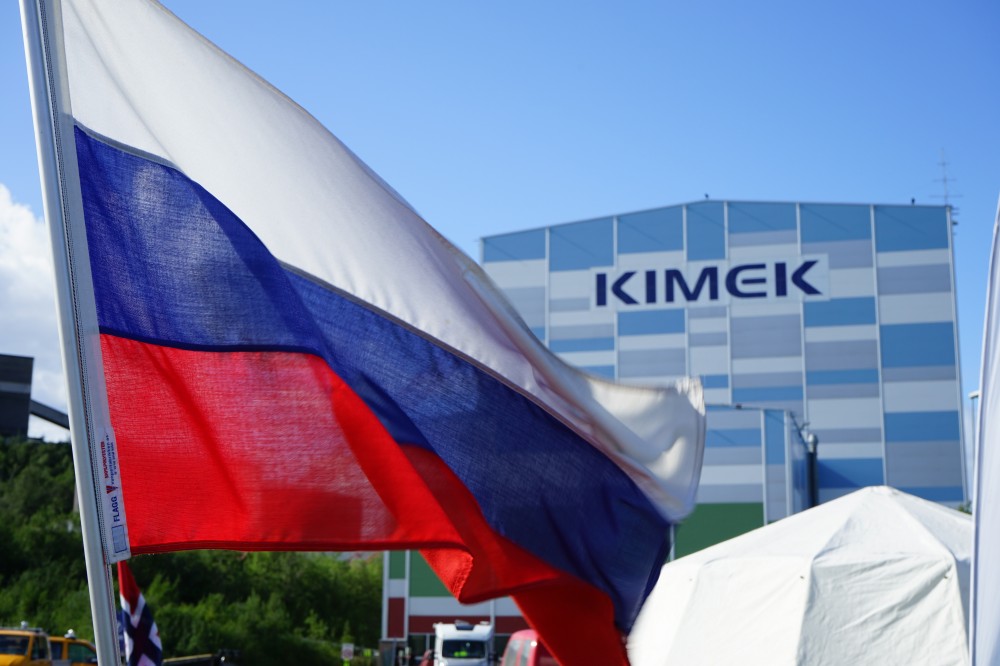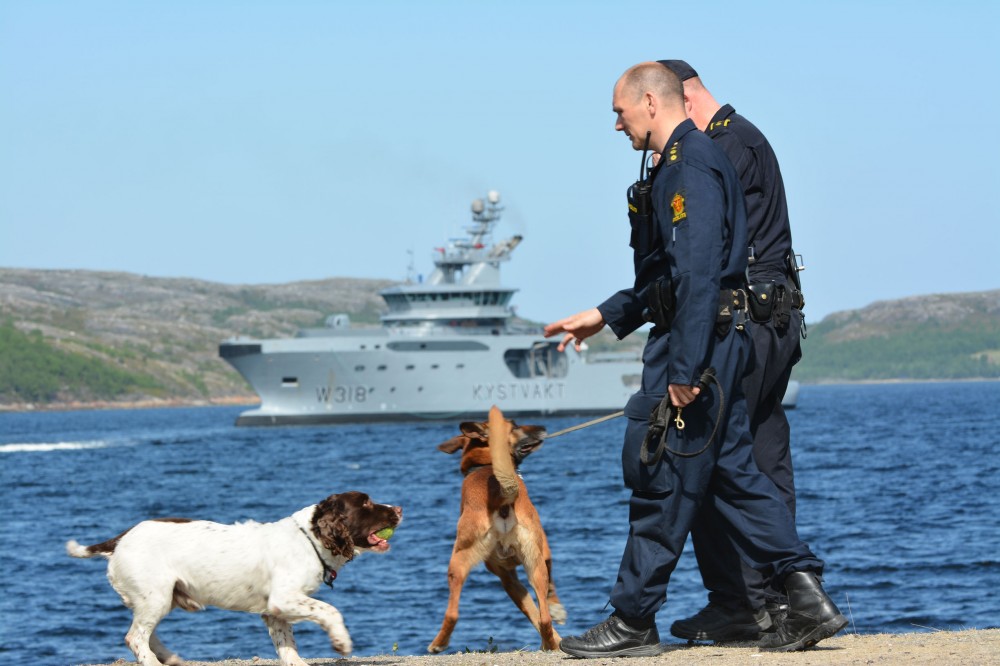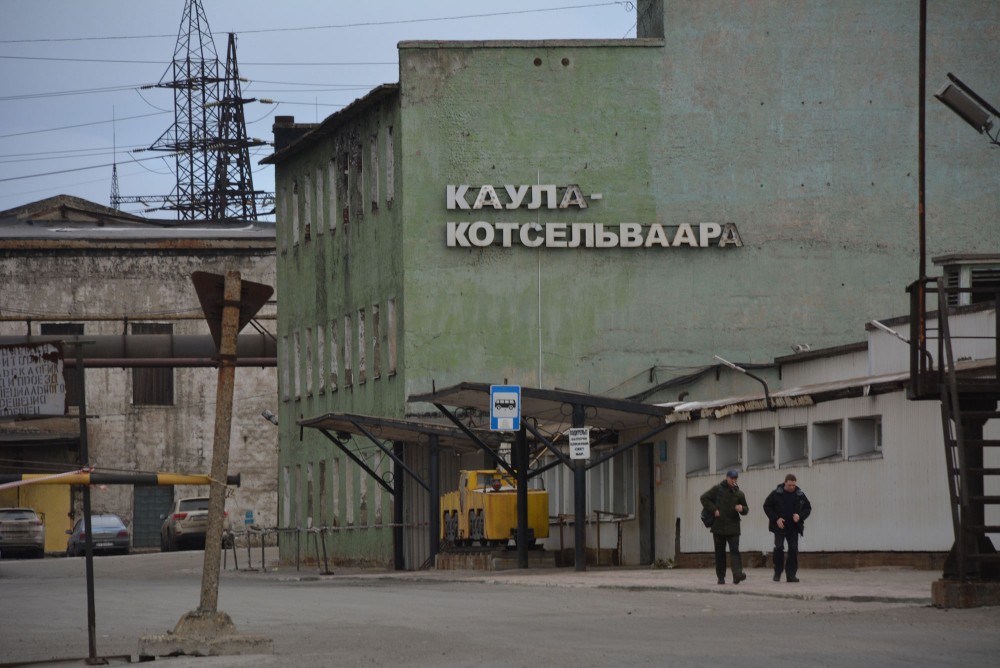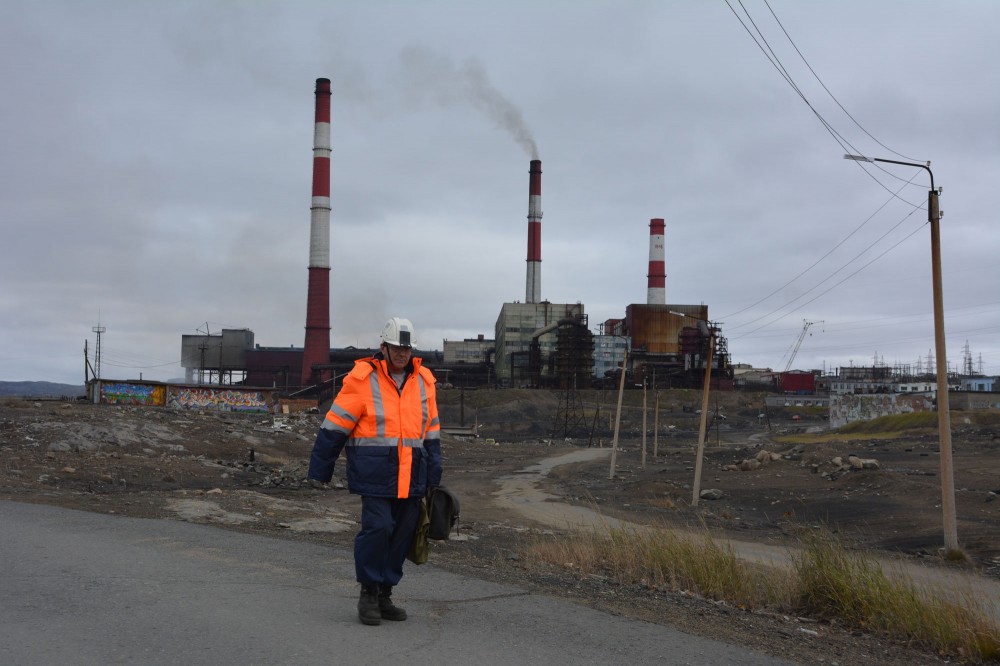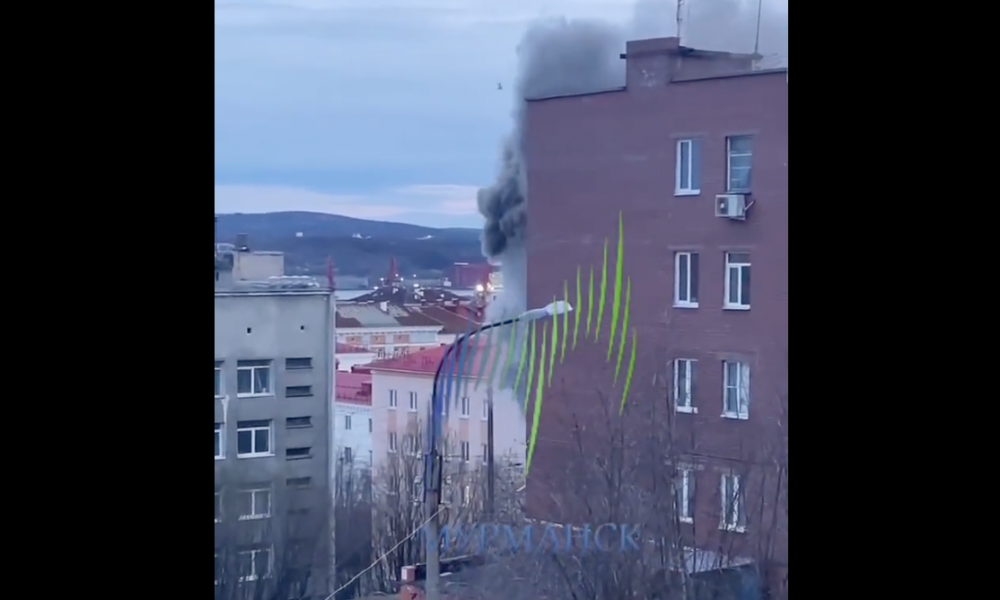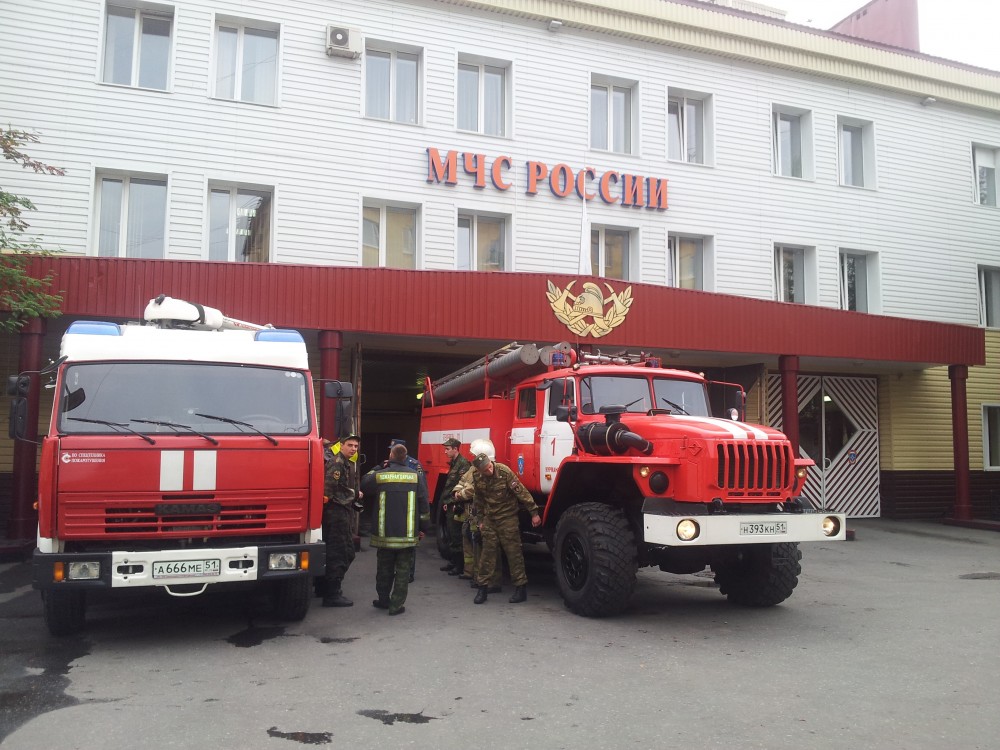AWI researchers demonstrate high natural radioactivity of manganese nodules
New study shows: Handling manganese nodules can pose health risks
Peer-Reviewed PublicationLarge areas of the ocean floor are covered with polymetallic nodules and crusts. The potato-sized manganese nodules can be found in all oceans, especially in the Pacific Ocean, at water depths between 4,000 and 6,000 metres. Formed over millions of years, they contain valuable metals like copper, nickel, cobalt and rare-earth elements – in other words, a range of elements required for the manufacture of electronic products like computers, smartphones, batteries, magnets, motors and high-tech components. Accordingly, manganese nodules and deep-sea mining have increasingly gained the attention of industries and politicians over the past several years.
Particularly large quantities of manganese nodules can be found in the deep ocean of the Clarion Clipperton Zone in the North Pacific Ocean between Mexico and Hawaii. Several countries – including the Federal Republic of Germany – have secured exploration licenses for the zone, entitling them to first gather reference data in the license areas and, on this basis, assess the potential ecological impacts of commercial deep-sea mining of manganese nodules. In July 2023, the International Seabed Authority (ISA) plans to define concrete regulations for their industrial mining.
“Through the Joint Programming Initiative Oceans projects ‘MiningImpact’ and ‘MiningImpact2’, which were funded by the German Federal Ministry of Education and Research, and as part of an international consortium bringing together more than 30 partner institutes, we’ve been investigating the potential impacts of deep-sea mining on the habitats and ecosystems of the sediments and water column in the Pacific Ocean since 2015,” explains Prof Sabine Kasten, who leads the MiningImpact subprojects at the Alfred Wegener Institute, Helmholtz Centre for Polar and Marine Research (AWI). “Our new study on the radioactivity of manganese nodules demonstrates that, beyond the consequences for marine ecosystems, there could be human health hazards in connection with mining and processing of manganese nodules, and the use of products manufactured on this basis. It’s imperative that this aspect is considered in all future planning.”
For their study, which was just released in the journal “Scientific Reports”, the AWI experts assessed manganese nodules retrieved in the framework of two expeditions (2015 and 2019) on board the Research Vessel SONNE in the Clarion Clipperton Zone. “Based on previous studies it was already known that the nodules’ outer layer contains natural radioactive substances like thorium-230 and radium-226, which have accumulated at the nodules’ surface from seawater over long periods of time. However, their values had never been considered in the context of radiation protection legislation,” says first author and biogeochemist Dr Jessica Volz. “Our study shows that in the outer layer of these extremely slowly growing nodules, certain substances, which emit alpha radiation can exceed limits found in radiation protection legislations a hundred- to a thousand-fold.” In the case of radium-226, the AWI team repeatedly measured radioactivity levels of more than 5 becquerels per gram on the nodules’ outer layer. For comparison: the limit set in Germany’s Radiation Protection Ordinance is 0.01 becquerels per gram. Even when dealing with legacy pollution from uranium ore mining, depending on the situation, a detailed risk assessment is required when limits of 0.2 or 1 becquerel per gram are exceeded.
“Even though we expected high radioactivity levels in the nodules based on earlier studies, the levels that we actually measured still surprised us,” explains AWI researcher and co-author Dr Walter Geibert. “In particular, the high accumulation rate of the radioactive noble gas radon was a new finding. As such, handling manganese nodules without protective gear can pose a health risk. It is not just through inhaling the dust produced during processing, but also the high radon concentrations that can build up when they are stored in poorly ventilated spaces. Some radioactive substances could accumulate in the nodule products during/after processing, such as actinium-227 in the rare-earth elements.”
In future studies, the experts plan to investigate whether manganese nodules from different deep-sea regions reach similar values, and how the ecological, economic and social risks of deep-sea mining and the commercial use of manganese nodules can be estimated on the basis of these new findings.
Original publication:
Jessica B. Volz, Walter Geibert, Dennis Köhler, Michiel M. Rutgers van der Loeff and Sabine Kasten. Alpha radiation from polymetallic nodules and potential health risks from deep-sea mining. Sci Rep 13, 7985 (2023). https://doi.org/10.1038/s41598-023-33971-w
The study was funded by the German Federal Ministry of Education and Research (BMBF Grant 535 03F0812F) as part of the JPI Oceans project “MiningImpact2” – “Environmental impacts and risks of deep-sea mining”.
The MiningImpact and MiningImpact 2 projects were and are coordinated by the GEOMAR Helmholtz Centre for Ocean Research in Kiel. The study was launched during the project phase at the Alfred Wegener Institute, Helmholtz Centre for Polar and Marine Research in Bremerhaven.
You can find further information on the MiningImpact2 project here:
https://jpi-oceans.eu/en/miningimpact-2
Notes for Editors:
You can find printable images in the online version of this press release: https://www.awi.de/en/about-us/service/press.html
Your contact partners at the Alfred Wegener Institute are Dr. Jessica Volz (e-mail: jessica.volz@awi.de) and Dr. Walter Geibert (e-mail: walter.geibert@awi.de).
If you have any further questions, Nils Ehrenberg (e-mail: media@awi.de) at the AWI’s Communications and Media Relations Department will be happy to help you.
Follow the Alfred Wegener Institute on Twitter (https://twitter.com/AWI_Media), Instagram (https://www.instagram.com/awiexpedition/) and Facebook (www.facebook.com/AlfredWegenerInstitute).
The Alfred Wegener Institute, Helmholtz Centre for Polar and Marine Research (AWI) conducts research in the Arctic, Antarctic and oceans of the high and mid-latitudes. It coordinates polar research in Germany and provides major infrastructure to the international scientific community, such as the research icebreaker Polarstern and stations in the Arctic and Antarctica. The Alfred Wegener Institute is one of the 18 research centres of the Helmholtz Association, the largest scientific organisation in Germany.
JOURNAL
Scientific Reports
ARTICLE TITLE
Alpha radiation from polymetallic nodules and potential health risks from deep-sea mining.
ARTICLE PUBLICATION DATE
17-May-2023


